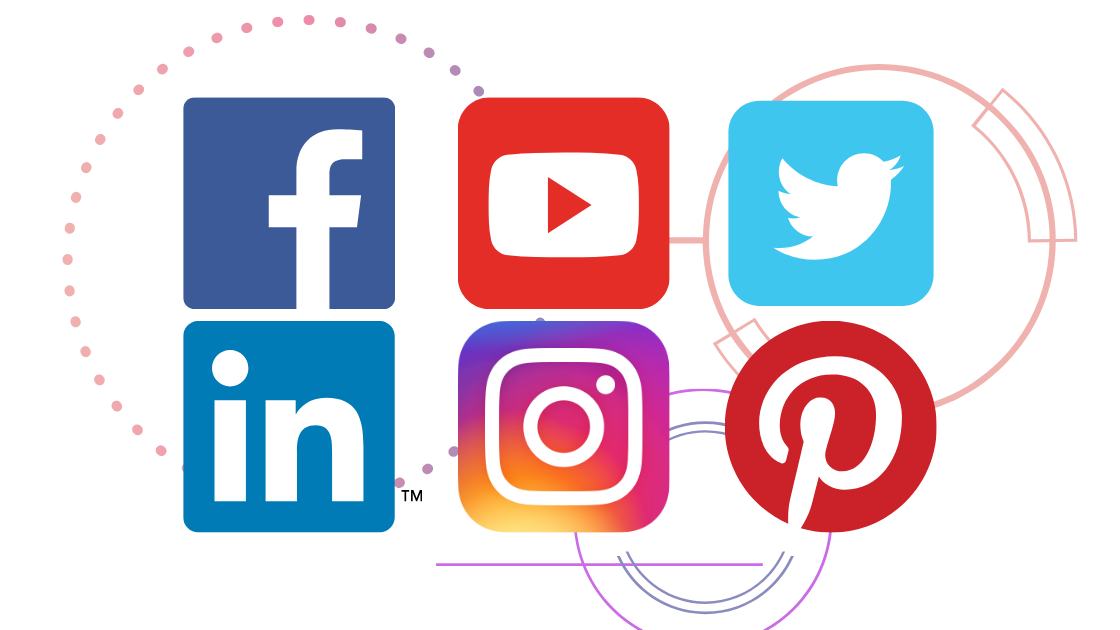What Is the Definition of Social Media Marketing?
Social Media Marketing is the participation and interaction with social platforms to increase user engagement through strategic and innovative communication using the brand- and audience-driven content.
How to Use Social Media for Marketing
How businesses use social media for marketing depends on their brand and goals. A business that is selling B2B in healthcare is going to social media market differently than a young teen clothing company. But even companies in the same industry may be using social media for marketing differently depending on their brand voice, strategy, resources, etc. Yet, regardless of what content one business posts compared to another, social media for companies is a powerful marketing tool.
Social media is constantly and rapidly changing, whether by new features or popular memes, because it is constantly being influenced by new ideas, shifts in use, and rising trends. Therefore, it requires continual analysis to understand best practices for each account or other emerging platforms. For example, the use of Instagram influencers has presented a new opportunity to develop business relationships and promote authentic marketing to a specific niche of people.
The work is worth the reward. In a matter of one year, from April 2018 to April 2019, the number of social media users grew by 202 million, totaling about 3.499 billion active users. On average, each user spends about 142 minutes on social media per day. If you have a business, there is no doubt your customers are on social media.
The 6 Social Media Marketing Platforms
The first step in using social media for marketing is understanding each platform. While the number of social media platforms continues to grow, the top 6 social media marketing platforms that are common among businesses and consumers remain. As a business, it is important to know the strengths of each platform in order to determine which ones apply to your business and how to cater content.
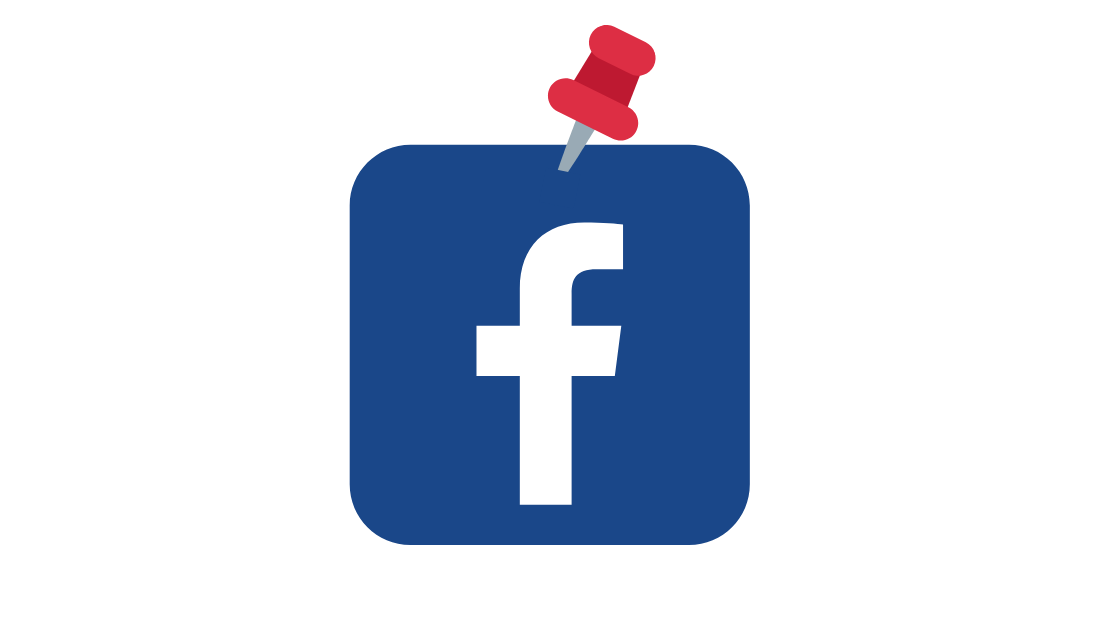
Facebook is the largest social media platform with approximately 2,375 billion users! Facebook’s design supports a variety of content including images and videos that provide the opportunity for a more open and relaxed platform. Facebook’s mission is to connect and bring people together, so it takes a conversational and community central focus, therefore, a business’s content and page should reflect this atmosphere.
Click here to learn more about Facebook marketing.

YouTube
YouTube is the number one video hub for creating and sharing. Around 300 hours of video is uploaded each minute. With such a vast amount of video content, there is a niche for every industry or field. Adding videos relevant to what your targeted audience watches, either through entertainment or education, promotes powerful engagement. The two courses of connecting with consumers through video are entertainment or education, with ‘how-to’ videos as popular content.
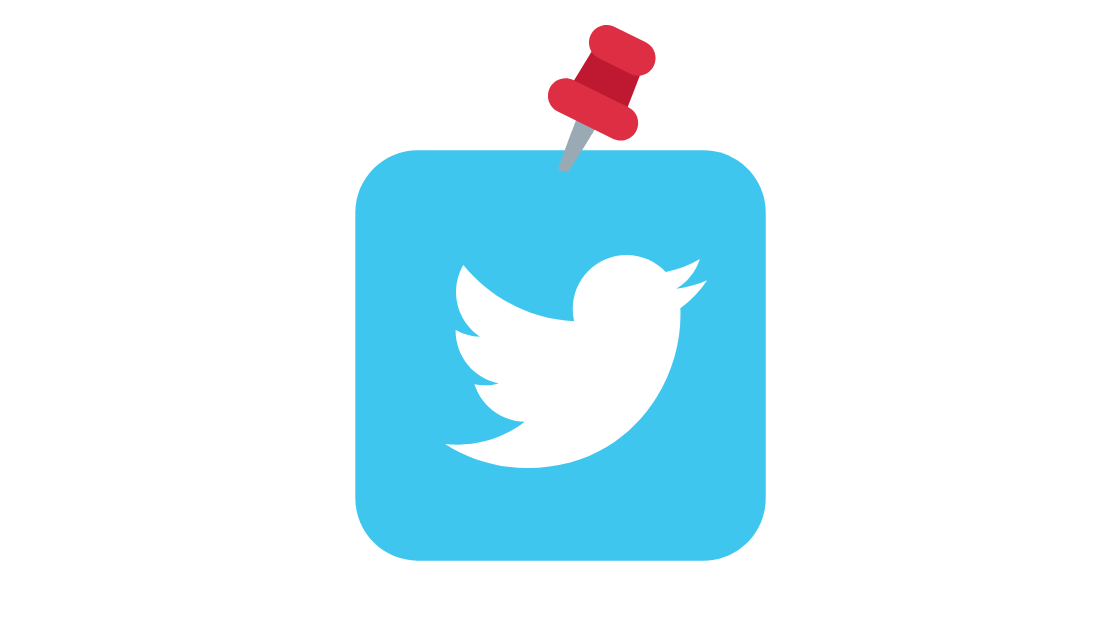
Twitter is a highly active site with about 6,000 tweets every second. With such an abundant amount of tweets, the need for engaging and unique content is key to being successful on Twitter. It is a conversation platform, meaning it is a place to maximize communication among followers and industry-related accounts by responding and sharing to tweets. Twitter is commonly used as a customer service tool; when a customer has a complaint or a shoutout, it typically happens on Twitter. Therefore, consumers expect a quick response. Your company can address the issue, answer the question, or reshare the compliment, which allows your company to generate real-time care for consumers.
Click here to learn more about Twitter marketing.
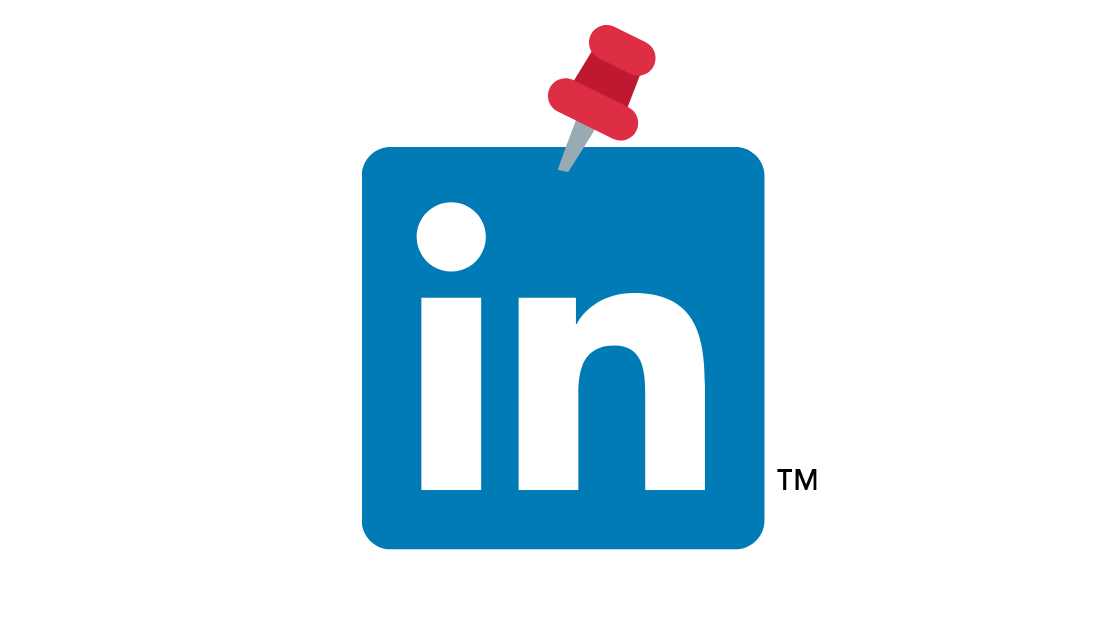
LinkedIn is a professional networking platform that focuses on sharing industry knowledge, engaging in dialogue, and posting content of a higher standard. It is a place of business, motivation, and growth within the professional field. LinkedIn is especially useful for B2B sales because it provides the capacity to connect with businesses on a high-level, without the domineering entertainment factor apparent on other accounts.
Click here to learn more about LinkedIn marketing.

Instagram revolves around pictures, and more pictures, with over 95 million photos uploaded each day and 4.2 billion Likes per day. In addition, Instagram’s stories and live videos are prominent tools of interaction without having the high-quality and brand-specific expectations as posts. Instagram has the highest level of user engagement, expressing the need for reliant posting while maintaining a consistent and aesthetic portfolio.
Click here to learn more about Instagram marketing.

Pinterest, similar to Instagram, centers around images, creating an endless number of ‘pins.’ Most importantly, Pinterest is dominated by females with 81% of their active users being female. This platform is a mode of inspiration where users browse for ideas for recipes, decorations, fashion, etc., yet their decision to buy is greatly influenced by the unique and appealing pins. It is a tool of engagement, and an almost necessary tool if your target audience is savvy females.
Understanding the pros and cons of each platform presents how your business can contribute and alter content to effectively reach and engage their targeted audience. It also equips businesses with knowledge in creating a social media strategy.
Click here to learn more about Pinterest marketing.
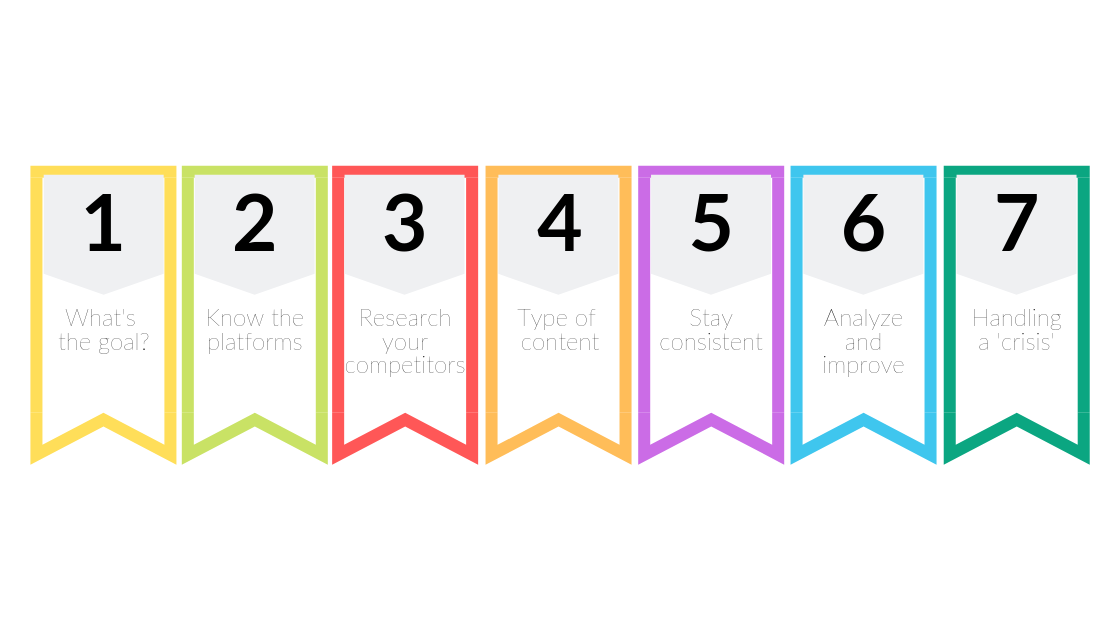
How to Create a Social Media Strategy
What is a social media strategy and why have one? Social media is commonly used in our daily lives, from scrolling through the ‘gram’ on the bus or catching up with the news on Twitter before bed, its use has become a normal activity. Yet, social media remains a complicated platform, especially if you are a business. Since there is not a universal social media marketing guide, it emphasizes the need to develop a comprehensive social media strategy for business success.
Below is an outline for creating a social media strategy.
1. What’s the goal?
What are your business goals for using social media for marketing? What are you working towards? If you want to demonstrate your business’s expertise, your business goal could be to establish yourselves as industry leaders. Or if you want to make your business more personal, your business goal could be to drive conversation and relationships with your targeted audience. Other examples could be to increase website traffic, increase brand awareness, improve ROI, etc.
2. Know the platforms
As explained above, you must know the social media marketing platforms; who is on it, what its limitations are, the type of primary content, etc. When you understand the platform, you can first, determine if it is appropriate for your business and second, shape your social strategy around it. For example, if you are a retail shop and your target audience is adult females, you would immediately be drawn to Pinterest. From there, your business can start creating a social media strategy specifically for Pinterest’s capabilities.
3. Research your competitors
Knowing what your competitors are posting or how they are interacting on social media can outline how they are using social media for business- what strategies work and what strategies don’t work. It also can bolster ideas for what content format or hashtags are relevant to your brand
4. Type of content
In addition to steps 2 and 3, researching platforms and competitors will impact what type of content or information you post to achieve your goals and generate engagement. For example, a food distribution company may analyze their competitor’s social media and find that they are having success in creating a food blog on Instagram. Using this information, that company also knows recipes perform well on Pinterest, therefore they develop a social strategy to implement a food blog based on multiple channels to build off one another.
5. Stay consistent
Consistency comes in many forms. For example, if you have multiple social media channels, your brand should stay consistent among each one. If you are sarcastic and edgy on Twitter, you should have a similar demeanor on Instagram. Of course, certain content is appropriate for different platforms, but your brand should still be recognizable across the different social media marketing platforms. Another example is that you should uphold consistency is how often you post. Take the time to evaluate your resources and plan how often you can actually interact on social. Overall, the goal is to have your business’s social media maintain a consistent presence, content, and voice.
6. Analyze and improve
Social media is just like any other marketing, it requires analyzing data to understand what is performing well, if there is a prime posting time, what links users are clicking, the number of impressions vs reach vs engagement, etc. Then, of course, apply this to your social marketing strategies so you can continually improve and reach your social strategy goals.
7. Handling a ‘crisis’
Social media is not something you will be able to master in the first month, or even in 5 years. Social media is never completely controllable, which means there is always a risk of a ‘crisis’ situation. There is an angry tweet about your business, there is a flood of negative comments on your Instagram post, or you received a poor review on Facebook. It is knowing how to respond to these events, and in a timely manner, that will greatly benefit your business.
Using social media for marketing for business requires understanding the extensive influence social media has on the world, how each platform differs, and how to create a strategic social media marketing plan.
How can social media help grow your business?
Using social media for marketing contains many factors that can be difficult to strategize. And when a part of a comprehensive marketing strategy, your social media can have a powerful impact. At Evolve Systems®, we take the time to research your industry and create a goal-driven social media marketing plan.


